BMW offers inductive charging solution
BMW is setting themselves a step ahead of the competition by selling a wireless inductive charging system as of July, called BMW Wireless Charging. While companies have been presenting wireless charging concepts for some time, this marks the first major serial production of the technology.
So far the wireless charging is included with the 530e iPerformance, which is produced in Dingolfing and Graz, and is a “traditional volume model”, and no niche model. Sales will start simultaneously in the USA, China, Japan, the UK and Germany; some of the most important markets for the company.
The module itself costs 890 euro in the vehicle side, and another 2,315 euro mounting fee and taxes for the GroundPad module in the building. While the sum suggests that the module will be for sale, the website mentions leasing extras.
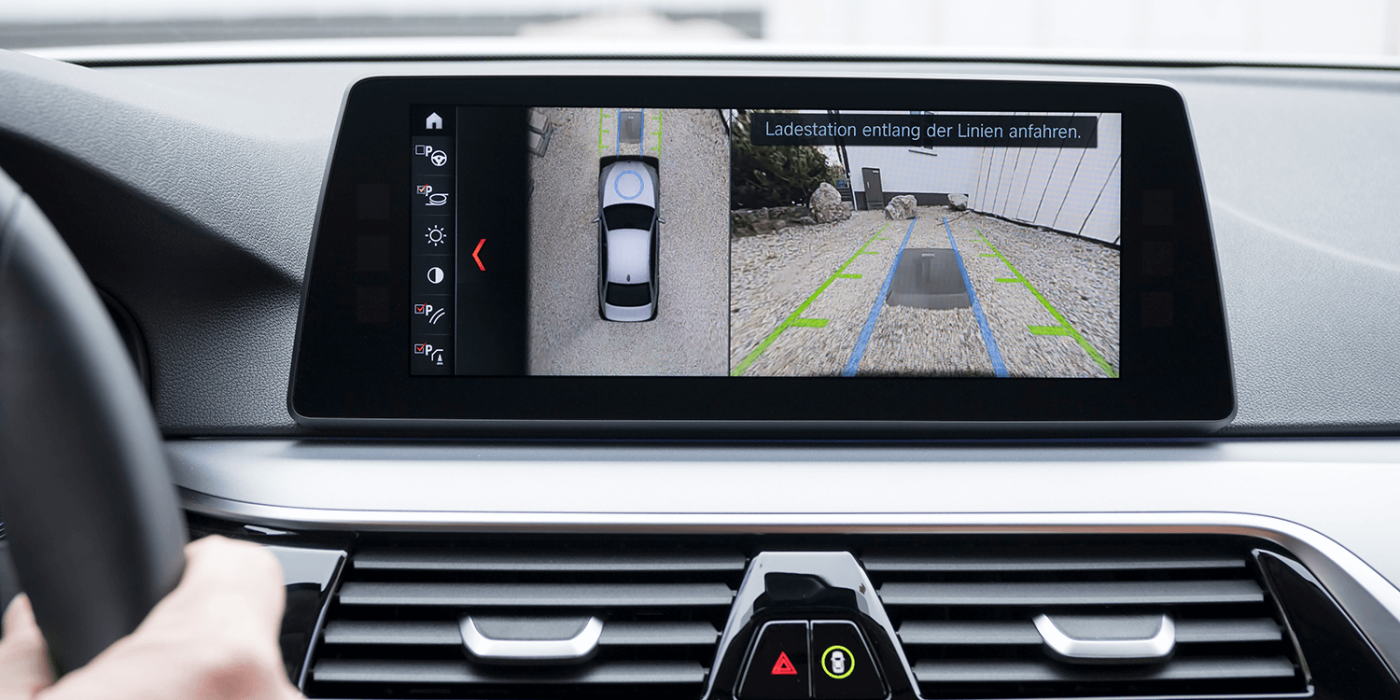
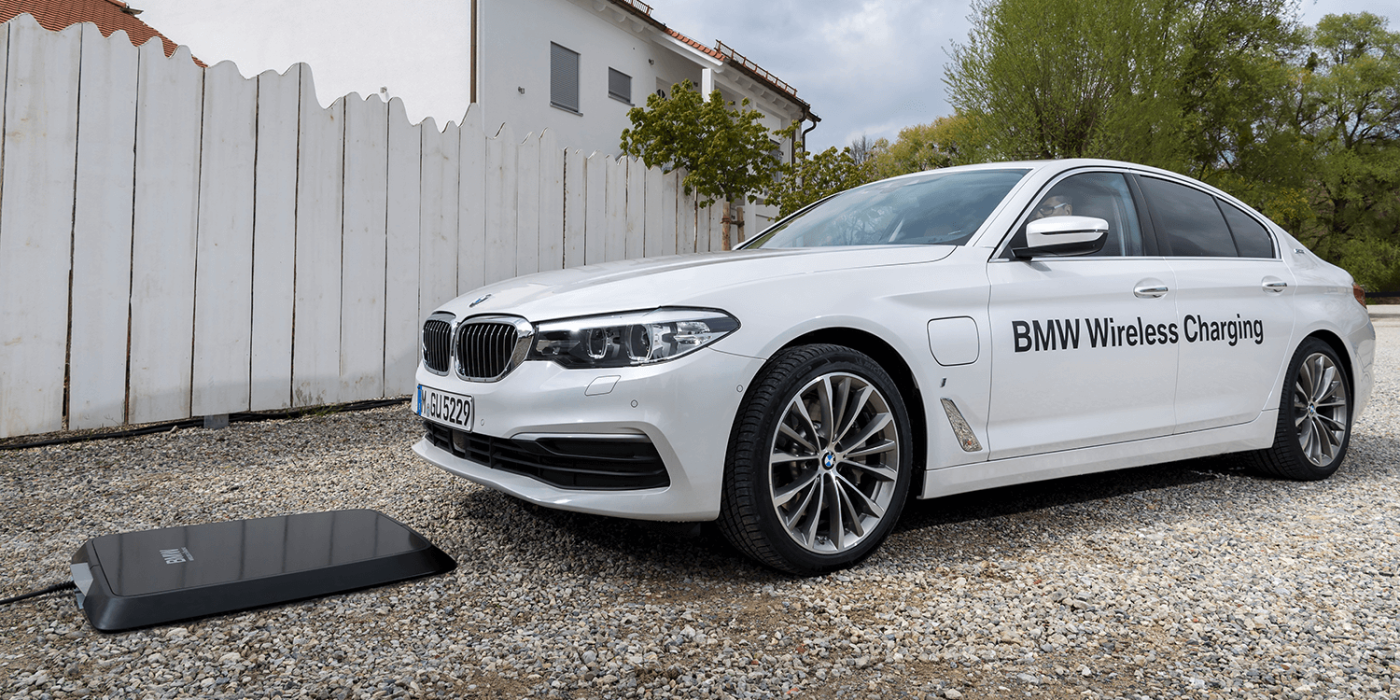
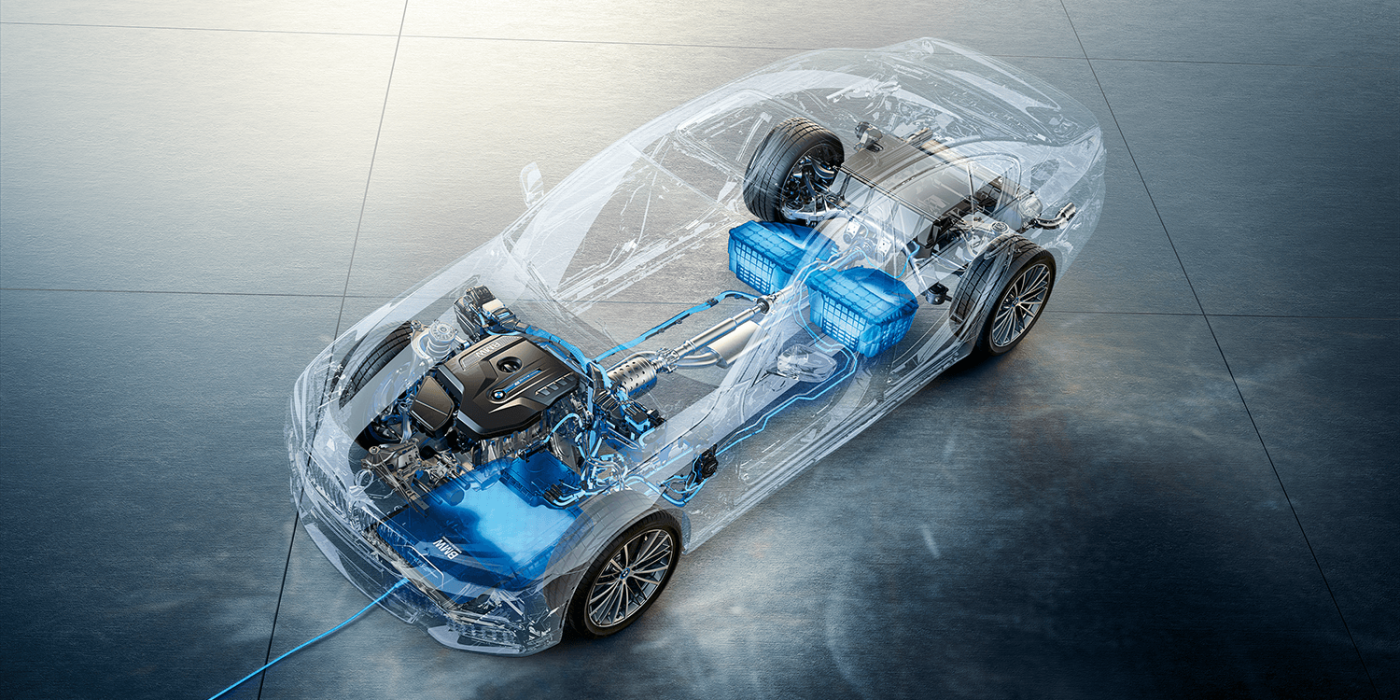
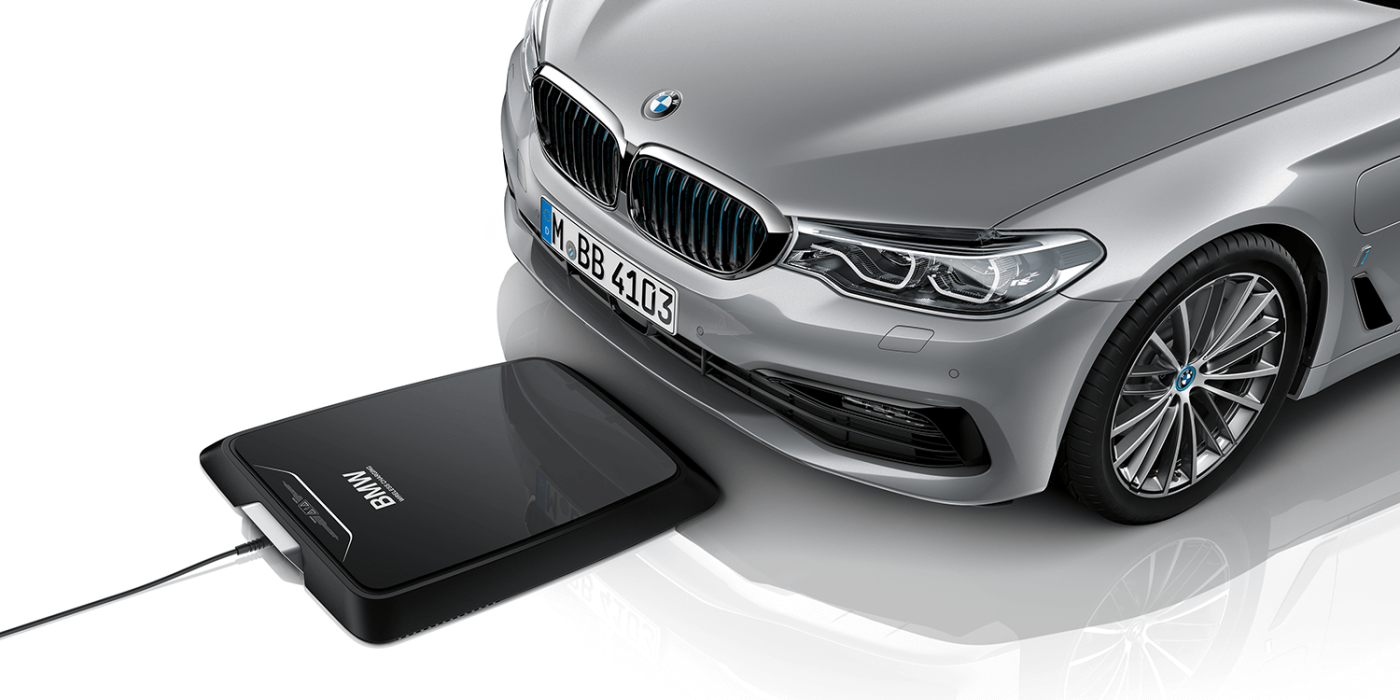
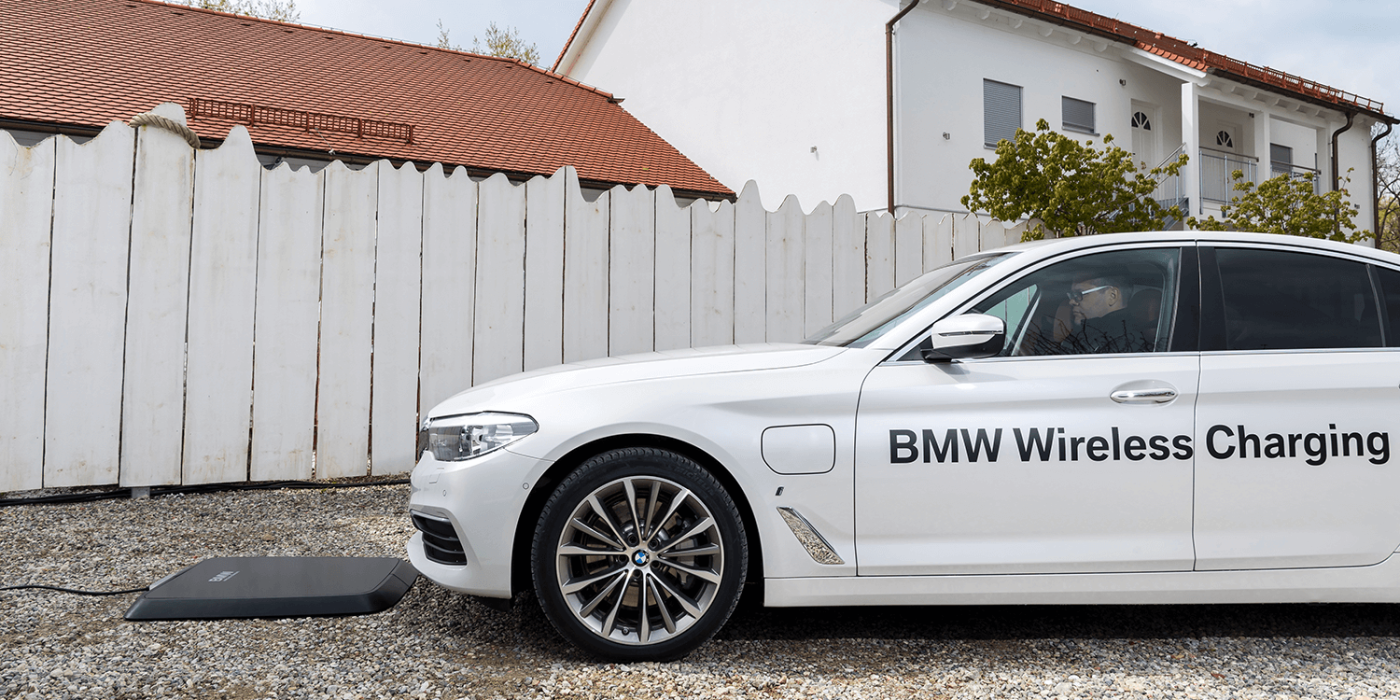
The charging capacity is at 3.2 kW, where a 9.2 kWh battery can be charged in about 3.5 hours. This single phasing charging is a tribute to international marketing – only in Europe are three-phase chargers the norm, which is often forgotten in the discussion.
BMW also managed to improve transfer losses by using a higher frequency. The efficiency of the system is now at 85%, only seven percentage points worse than conductive charging methods.
The aim of the project is to maximise convenience for drivers. This charging would ideally take place unnoticed by the driver. When the driver is moving the vehicle above the GroundPad, the central console displays outlines to assist parking. A graphical representation then notifies the driver of the ideal parking position for charging, which can be up to 7 cm off towards the front or back, and 14 cm off to the side.
Furthermore, the space between the car and charger is constantly monitored by the vehicle, and if a foreign object enters the space, the process is shut down.
Standardization is still a major issue for inductive charging, which also rings with costs, positioning and safety. Inductive charging is not exempt from these problems either. From an industry perspective, it is also frustrating that there is no uniform international standard for inductive charging. While the technology would benefit from a standardisation that allows BMW drivers to charge their vehicles on other pads and vice versa, a new norm would have to leave enough room for development of the technology, as it is still in its infancy. This motivational split is one of the reasons that ISO, SAE and others have not been able to decide on a technical standard.
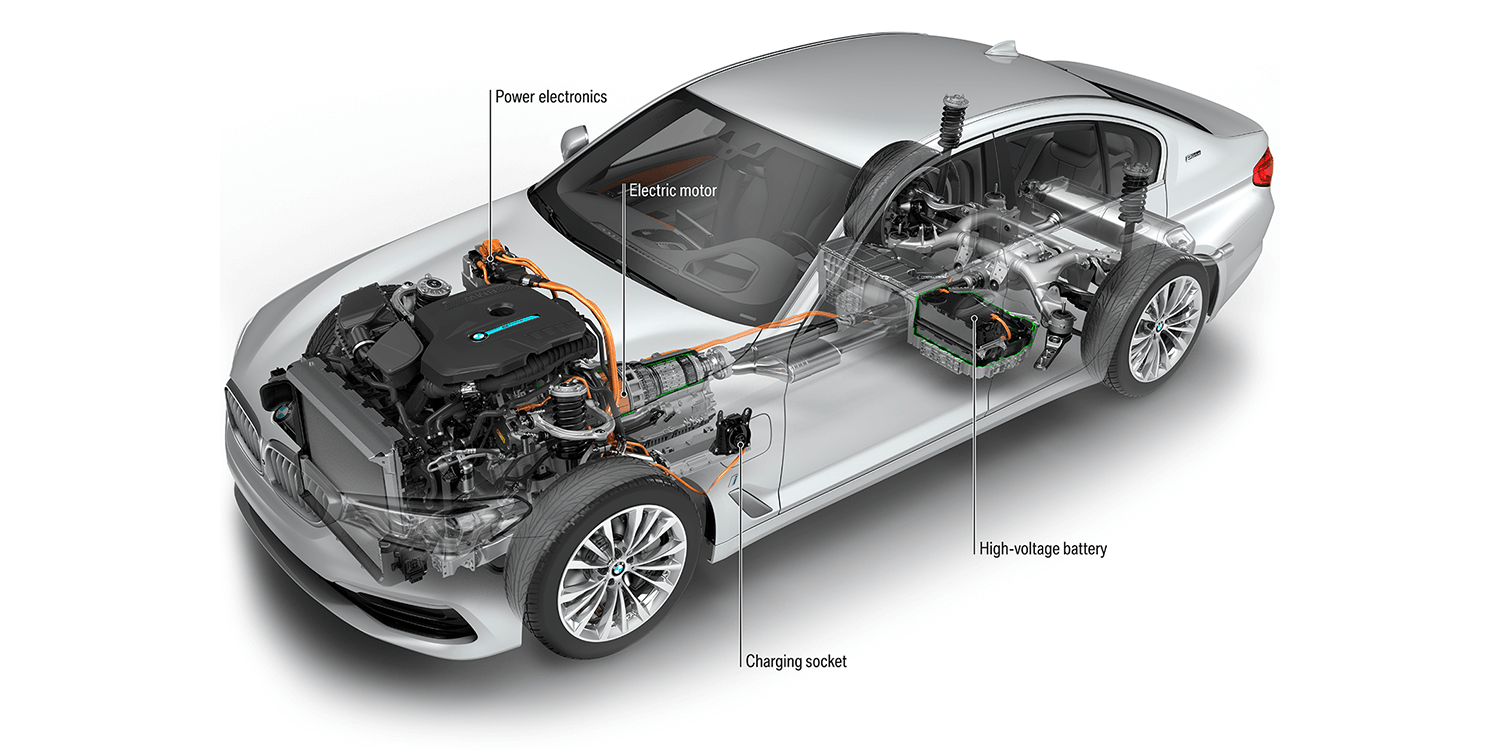
There are multiple open questions: Which frequency band should be used? Which value ranges for electromagnetic fields need to be watched for? How safety critical are unknown metal objects in the area which, similarly to an induction stove, can heat up to dangerous temperatures? Which components need to be incorporated into the vehicle and which in the infrastructure?
Due to the high costs associated with inductive charging compared to cable charging, the higher price segment would benefit most from integration. In a statement to electrive.net, Audi admitted that several e-tron models were being planned with Audi Wireless Charging (AWC), but did not add which ones. The plug-in hybrid version of the new A8 will, however, have an option to include AWC.
The Ingolstadt-based manufacturer also has introduced their Z-Mover concept. In this technique, the floor plate elevates itself when the car is parked, minimizing security issues and improving overall performance.
Two major German brands, two different approaches. Officially, there is also a cooperation between the BMW Group and Daimler, but this has not officially progressed very far. BMW also points to Mercedes. From Stuttgart the answer was simply that no details to current project developments could be named at this point.
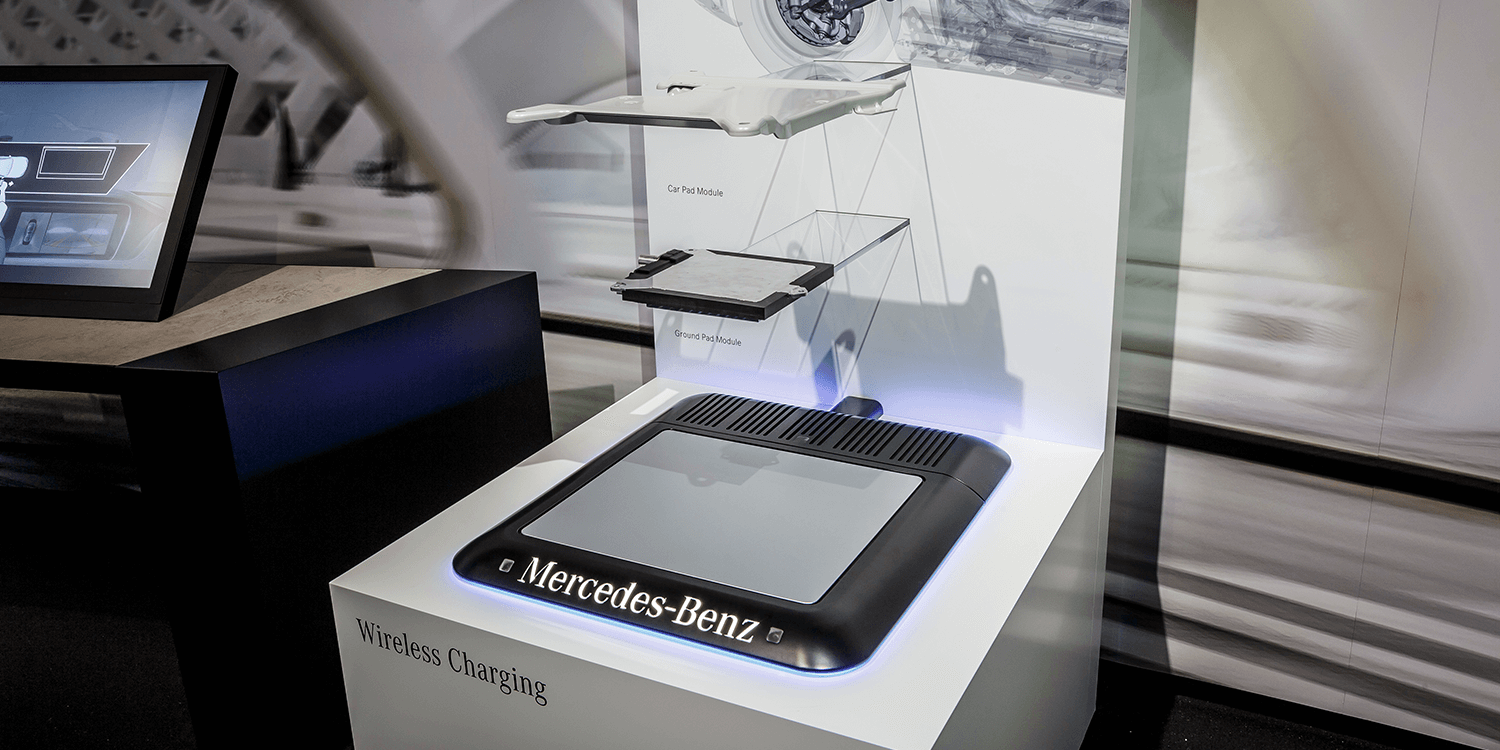
Porsche is one of the few companies that has been more offensive in their communication on the subject. On the web page for their battery electric Mission E, there is an inductive charging solution presented. The system for the current plug-in hybrid models Panamera and Cayenne may prove equally important. The portion of sales with a plug has been growing nationally (Panamera at more than 50%) and internationally. At the same time, Porsche has also been sneakily dropping the diesel from their lineup. Considering the direction and the customer base willing to pay for it, it would make sense for them to develop a more efficient charging solution.
The main competition for the technology may come from another approach: automated conductive charging. The reason is simple: it is more cost-effective. Concepts which automate the charging functions and leave the driver to the driving are increasingly being developed and presented. When considering the majority of future EVs, so looking more to Skoda than to Porsche, the costs will likely play a deciding role.
However, this is mostly theory. Only BMW is currently offering an alternative to conventional charging. We are looking forward to seeing it play out in the real world!

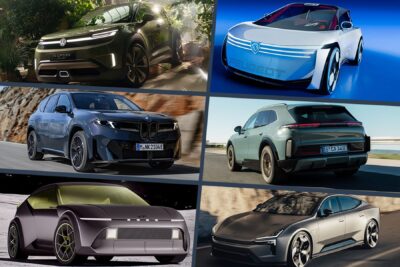

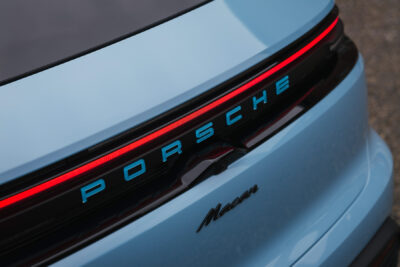
0 Comments